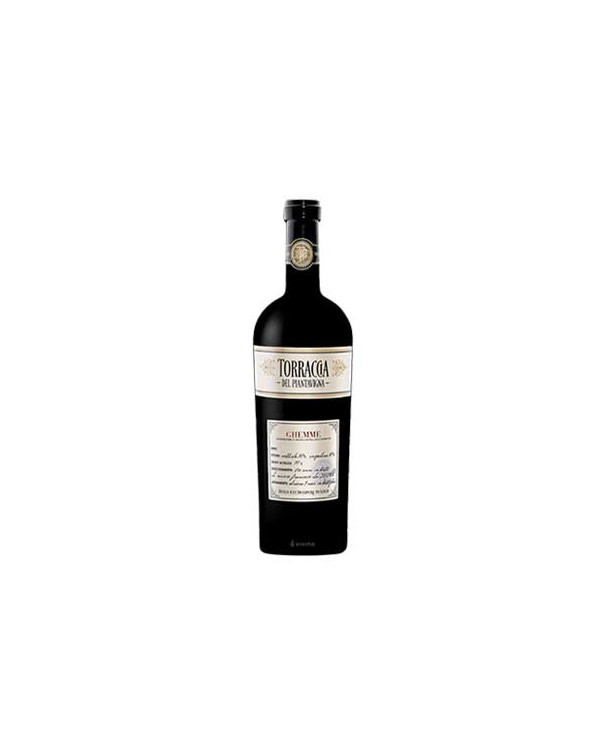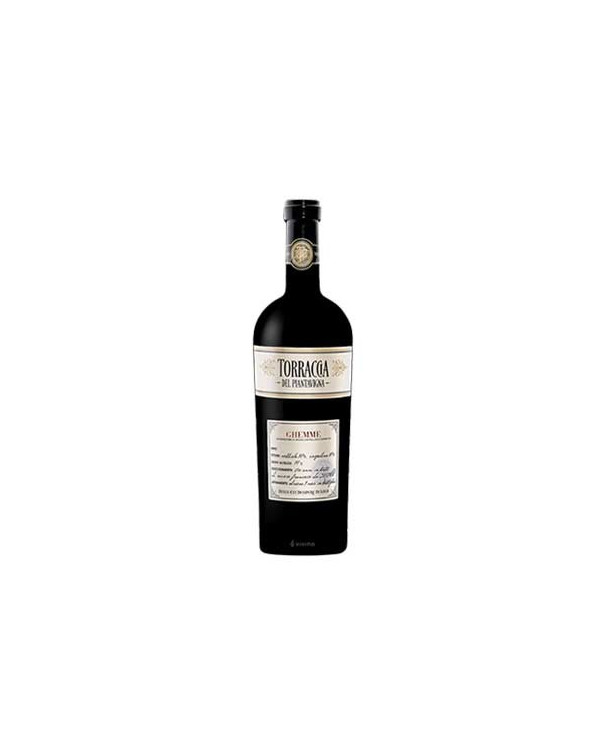Ghemme Denomination
Piedmont is famous worldwide for its extraordinary winemaking tradition, and the Ghemme Denomination represents one of the most precious gems of this region. The wines produced in this area are renowned for their elegance and complexity, and the history surrounding them is equally fascinating. In this article, we will explore the Ghemme Denomination, from its history to its unique wine characteristics.
The History of Ghemme
The history of the Ghemme Denomination dates back to the Middle Ages when Cistercian monks began cultivating grapes in the region. However, it was in the 19th century that Ghemme became one of the main destinations for high-quality wine production in Piedmont. The winemaking tradition has been passed down from generation to generation, and today, Ghemme is known for its prestigious wines.
Origins
The name "Ghemme" derives from the homonymous town that is at the heart of wine production. The area is characterized by hills and limestone soils, ideal for growing Nebbiolo grapes, the main variety used in Ghemme wine production. These grapes impart a unique and complex character to the wine.
Wine Characteristics
The Ghemme Denomination is famous for its elegant and structurally significant wines. Here are some key characteristics of Ghemme wines:
Nebbiolo, the Heart of the Wine
Ghemme wines are primarily produced using Nebbiolo grapes, locally known as "Spanna." This grape variety gives the wine a flavor profile ranging from red fruit and spices to complex tannic structure.
Aging
One of the distinctive features of Ghemme wines is their aging potential. According to Denomination rules, Ghemme wines must be aged for a minimum of 34 months, with 18 months in wood. This process further develops the wine's complexity and elegance.
Aromatic Complexity
Ghemme wines are known for their aromatic complexity, with aromas ranging from ripe red fruits to floral notes and spices. Each sip is a unique sensory experience.
Wine Production
The production of Ghemme wines is a craft process that requires great care and attention to detail. Grapes are hand-harvested during the vintage and then undergo traditional fermentation. Subsequently, the wine matures in wooden barrels, where it acquires its distinctive character and structure.
Gastronomic Pairings
Ghemme wines are ideal for gastronomic pairings with dishes from Piedmontese and Italian cuisine. They pair perfectly with meat-based dishes such as braised meats, ossobuco, and aged cheeses. Their aromatic complexity makes them an excellent choice for special dinners.
The Ghemme Denomination is a gem in the crown of Piedmont's winemaking tradition. Its ancient history, unique wine characteristics, and the passion of local producers create an extraordinary combination. Enjoying a glass of Ghemme is like traveling back in time and immersing oneself in the wine roots of this fascinating region.
Frequently Asked Questions
What is the history of the Ghemme Denomination?
Ghemme's history dates back to the Middle Ages, but it became famous for high-quality wine production in Piedmont in the 19th century.
What are the main characteristics of Ghemme wines?
Ghemme wines are known for their use of Nebbiolo grapes, prolonged aging, and aromatic complexity.
What are the ideal gastronomic pairings for Ghemme wines?
Ghemme wines pair well with meat-based dishes such as braised meats and ossobuco, as well as aged cheeses.
How long should Ghemme wines age before being consumed?
According to Denomination rules, Ghemme wines must be aged for a minimum of 34 months, with 18 months in wood, but they are often aged for longer periods to enhance their quality.




















